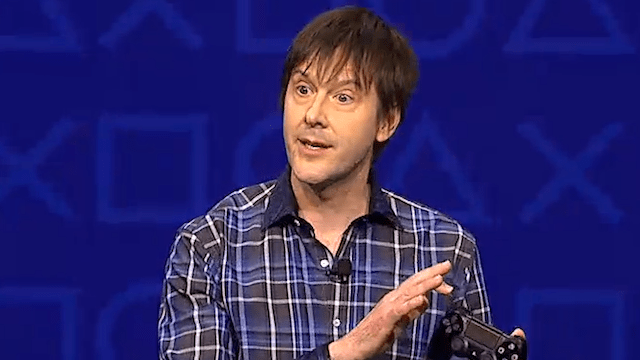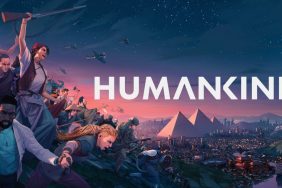Many, including myself, were quite disappointed at the news that the PlayStation 4 would not support PlayStation 3 content at all. That means no PlayStation 3 Blu-ray games, no PSN downloadable titles, nada.
Thanks to the PS3's complicated architecture, supporting the platform's content on the new, developer-friendly PlayStation 4 simply (and understandably) wasn't feasible. It still sucks, though, and system architect Mark Cerny wholeheartedly agrees, making it clear that sacrificing PS3 support wasn't easy.
Cerny told AV Watch (via NeoGAF):
We struggled with this point. As a matter of fact, this was the major point I thought about during Thanksgiving. What to do with the current CPU and x86…
We decided to focus on the “positive aspects” rising from switching to x86. X86 has instruction sets which are of significant importance for games. Multimedia instruction sets, specifically the existence of SSE 4.1 and 4.2. And of course, the existence of an APU gives us the ability to come close to the results obtained from the SPU.
The decision to move to x86 had an extremely complex set of requirements. Of course there’s issues of backwards compatibility and issues from the vendor’s side as well. But that said, I believe the biggest topic for us was how much affinity the developers would have for this change. In the past 3 years, there have been a large number of refined tools and technologies released for the x86 architecture. If another architecture had been selected, it probably would have been even more problematic. The x86 architecture is well known and development is relatively easy.
Sony’s Masayasu Ito echoed Cerny's sentiment, adding:
Backwards compatibility, particularly in Japan, is something that is strongly brought frequently, so we thought long and hard about this. Realistically, to support backwards compatibility with PS3, the CELL Broadband Engine would have needed to been part of the new console. Currently, it’s not possible to simulate this via software. If CELL were the only requirement, that wouldn’t have been much of an issue. We would also need to support the supporting hardware indefinitely. We can freely manufacture CELL if the decision is made that it is needed. However, that’s not the case with supporting hardware. There are parts which will become difficult to obtain since 7 years is already considered to be long in the IT industry…
Using this opportunity, we decided to stop going down this path, and as Mark said, to focus our efforts on simplifying developer efforts.
Did Sony make the right choice? Let us know what you think in the comments below.
[Via]











